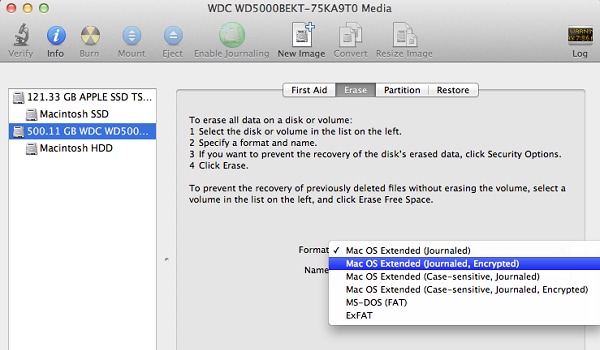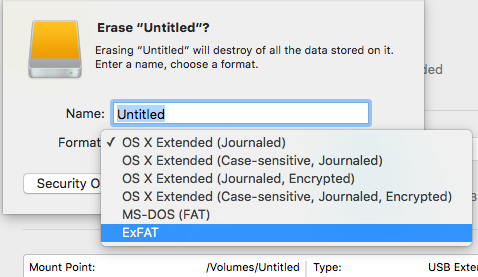

Now you have to go to the Disk Utility app – this is the tool we will be using for the formatting process. After that, you should see the drive’s icon on the Desktop. If it doesn’t, go to Finder > Preferences > General and check the External Hard Drives option shown there. Once the external drive is connected to your Mac, its icon should show up on the Desktop. Therefore, if you have any important files stored on the drive, either upload them to your Mac or to another computer so that they don’t get lost. Simply search for “USB type A to type C adaptors” in Google (or another search engine) and you should be able to quickly find what you need.Īlso, know that any data stored on the external hard drive will be deleted after you (re)format it.

Newer Macs don’t have USB type-A ports and if your external hard drive’s cable is USB type A, then you will need an adaptor cable to connect it to your Mac.

Depending on the model of the Mac and the drive, you may need to buy an adaptor. The first thing you have to do is to obviously start your Mac and plug in the external hard drive. If you would prefer to read a more detailed and in-depth explanation of how to perform the external hard drive reformatting, please, read on. Next, select either the APFS (Apple File System) format or the Mac OS Extended File System format, set the partition scheme to GUID, and click Erase to format the external drive on your Mac.Select Erase and then type in a name for the external hard drive.Click on the name of the external drive in the left panel of the Disk Utility.Open the Disk Utility tool on your Mac.



 0 kommentar(er)
0 kommentar(er)
